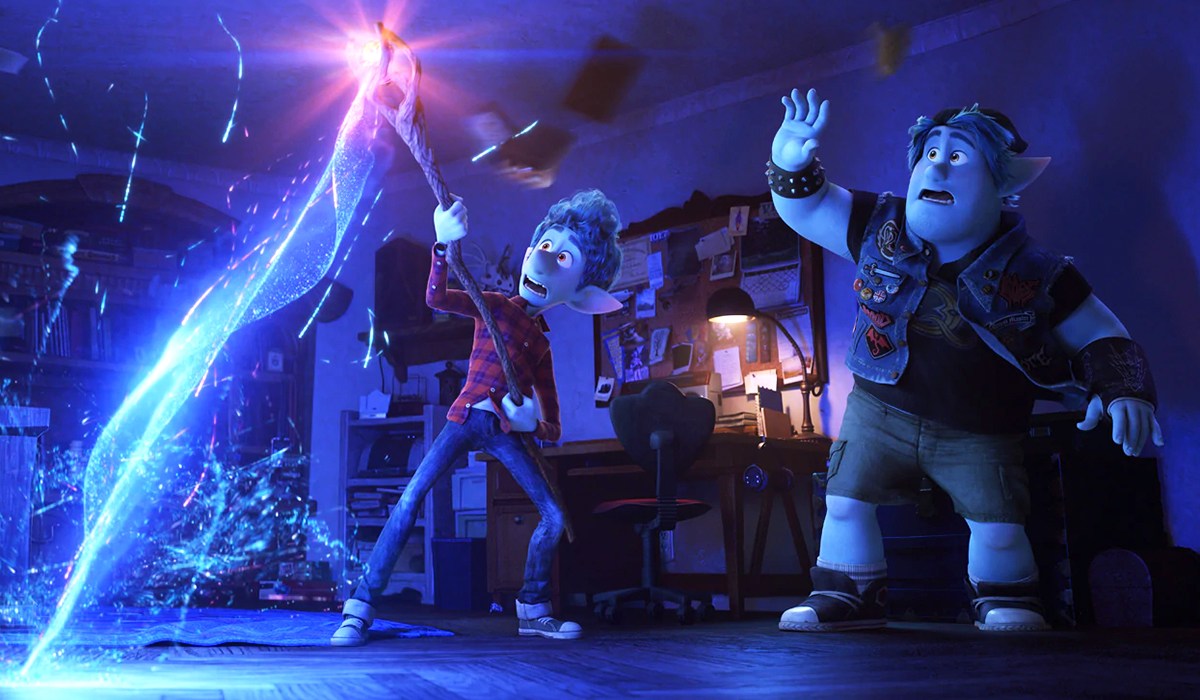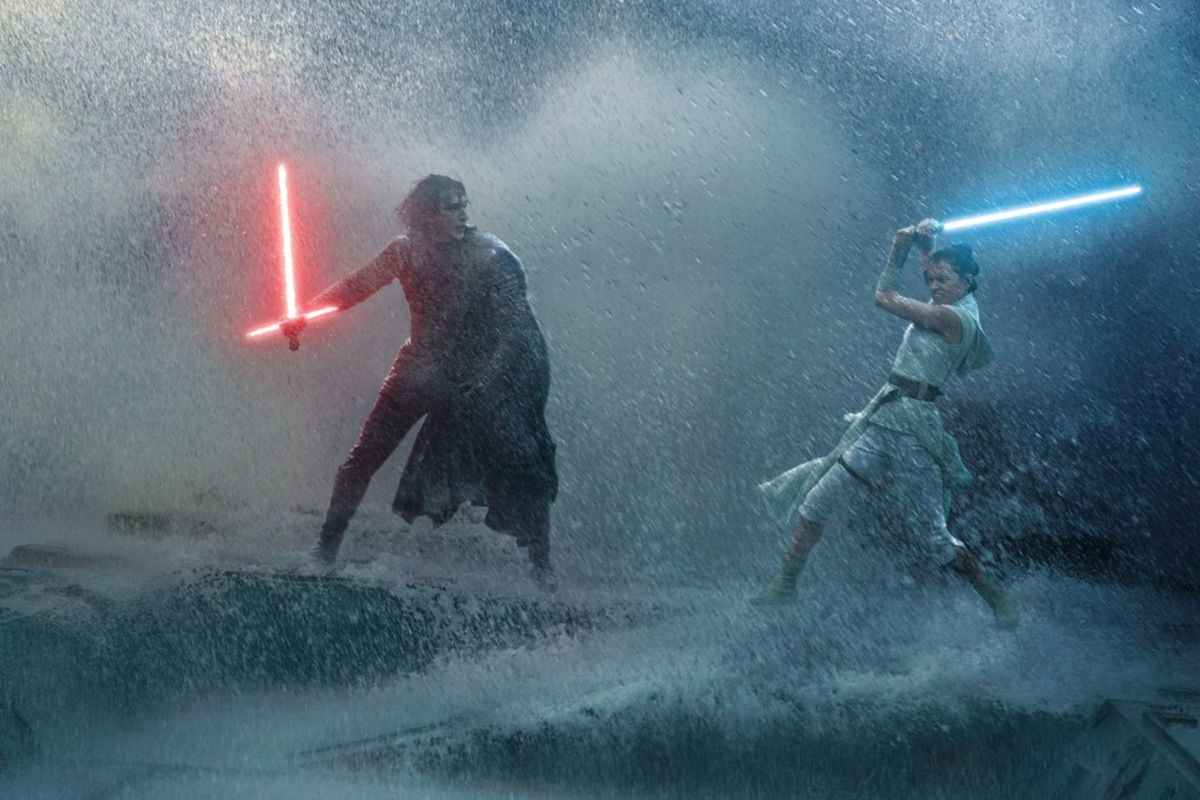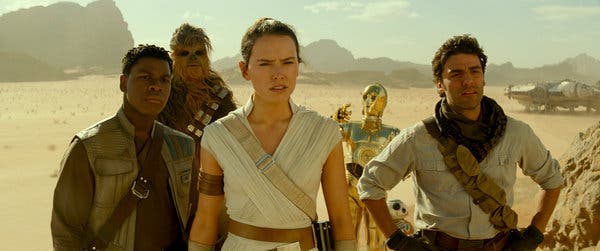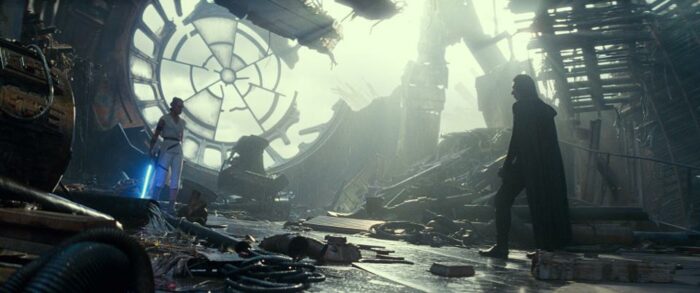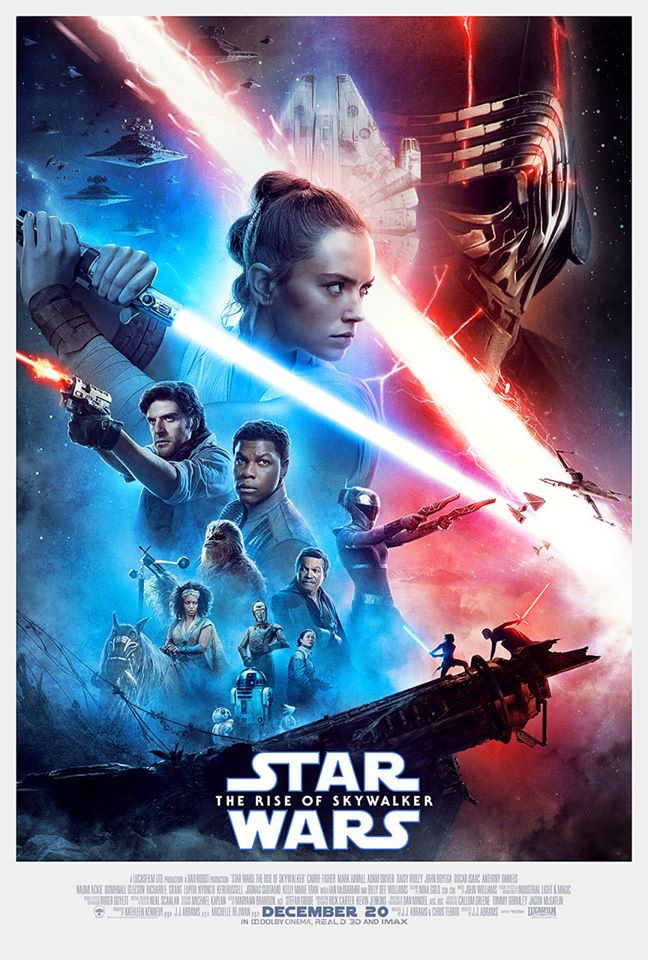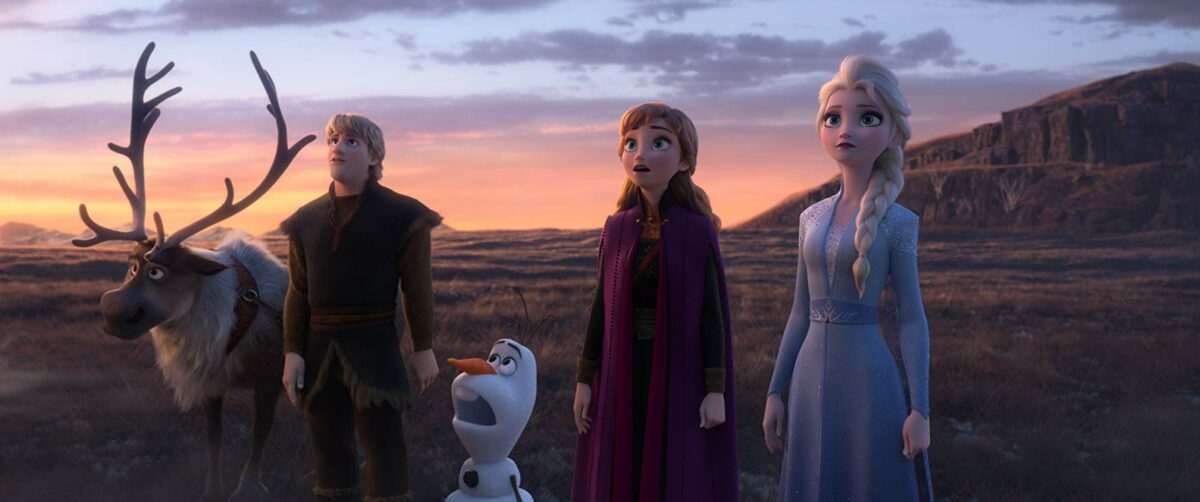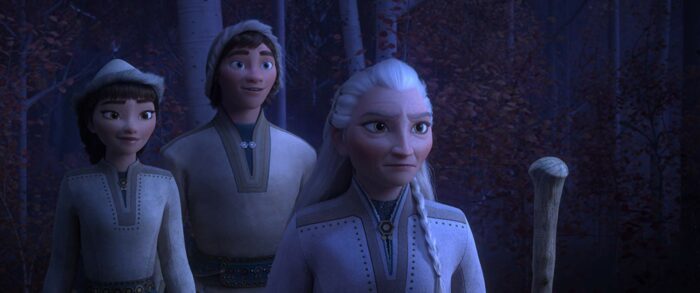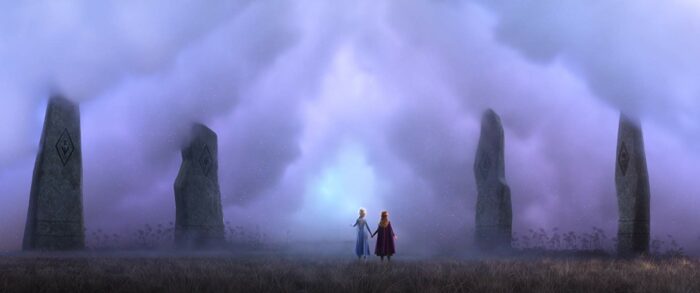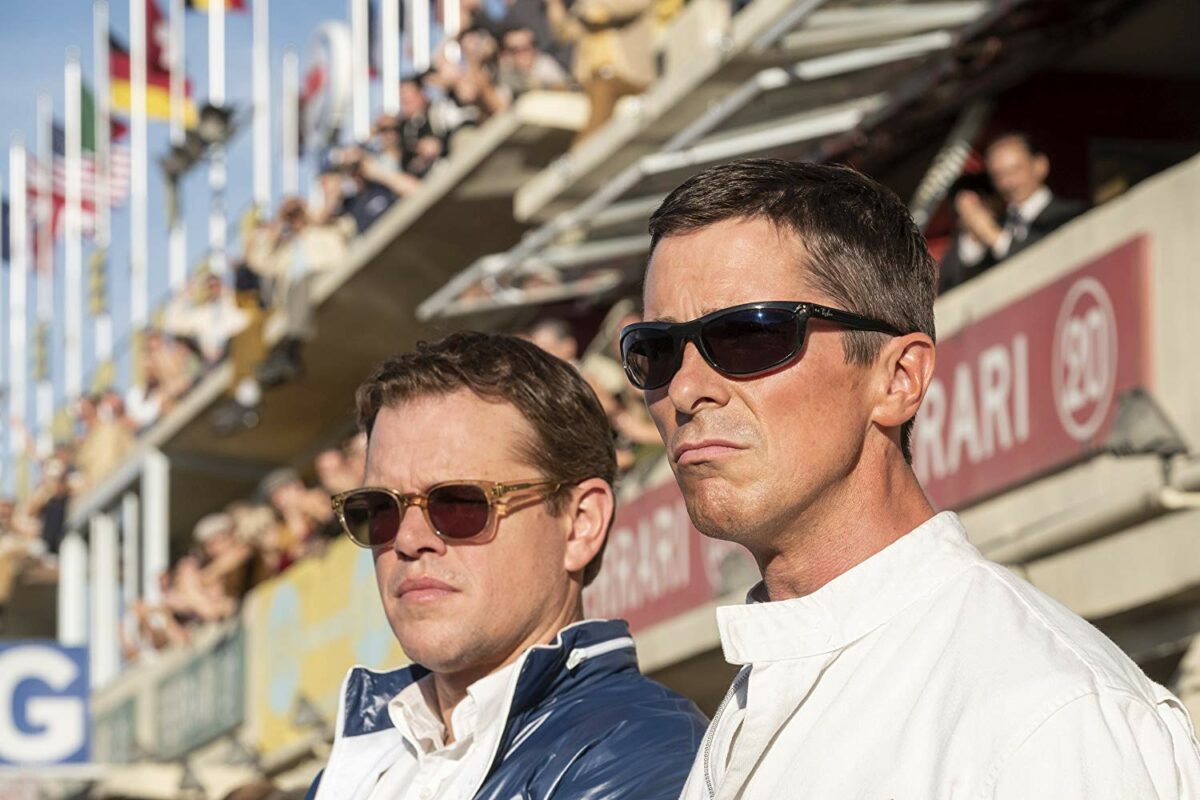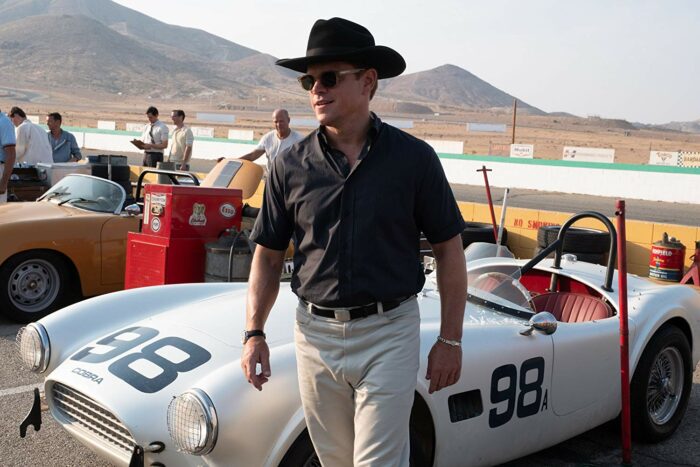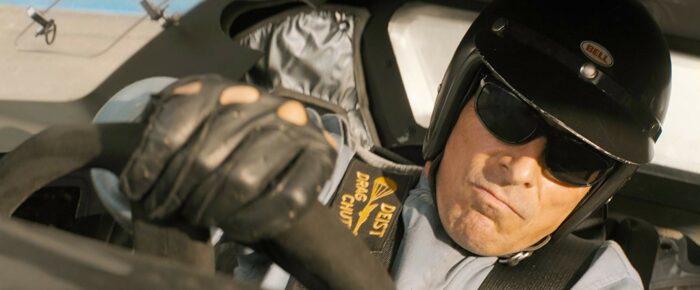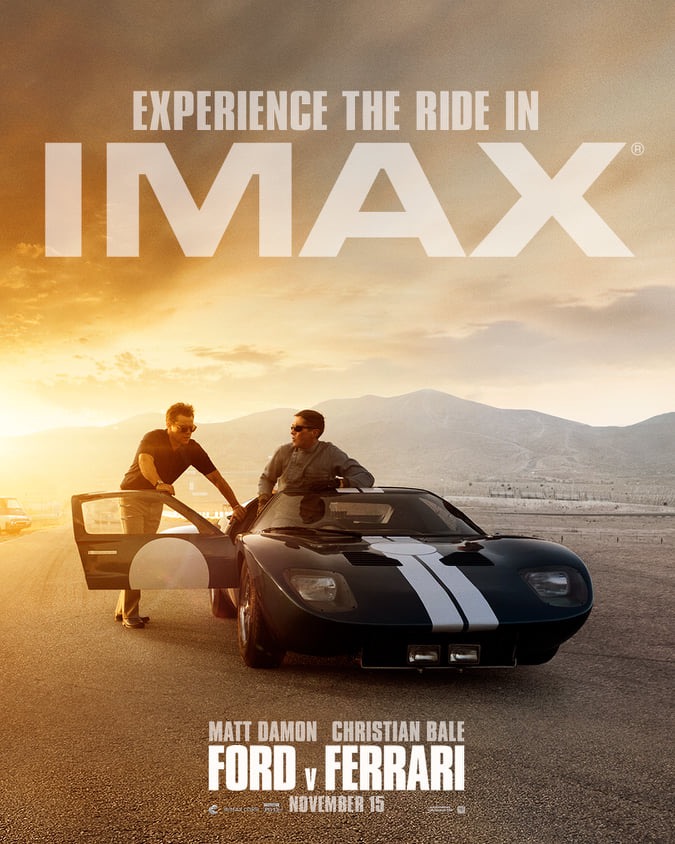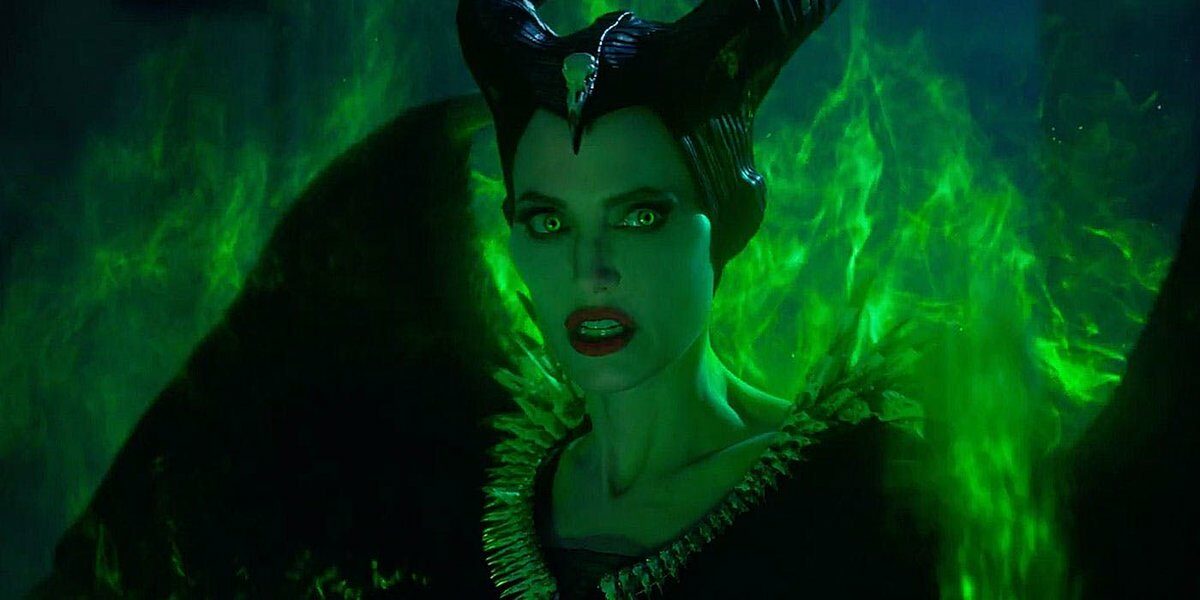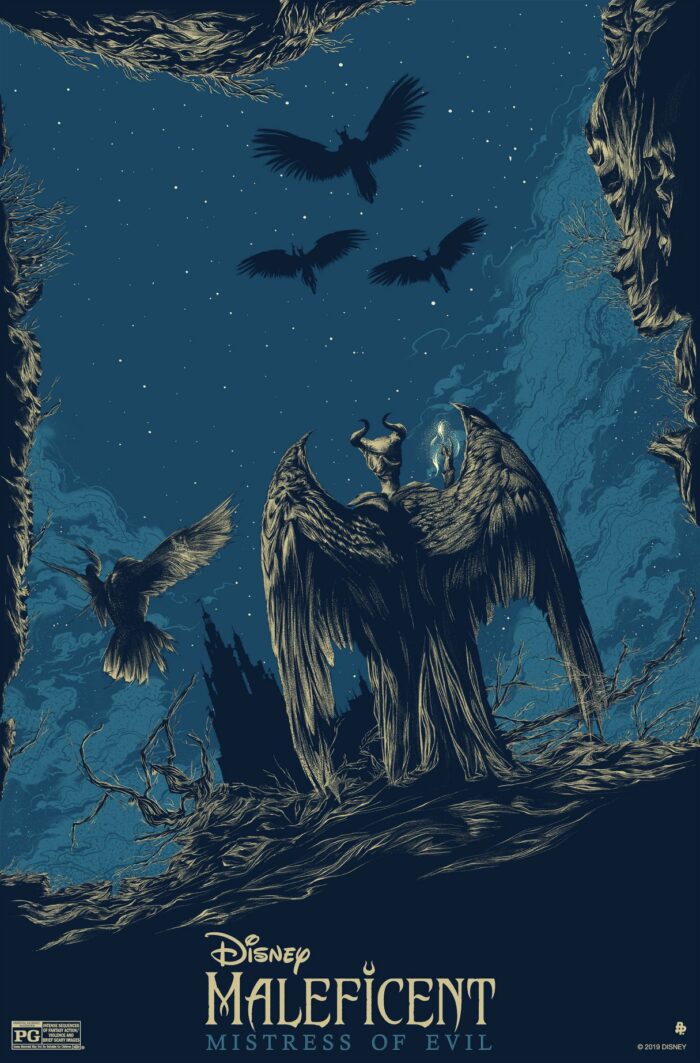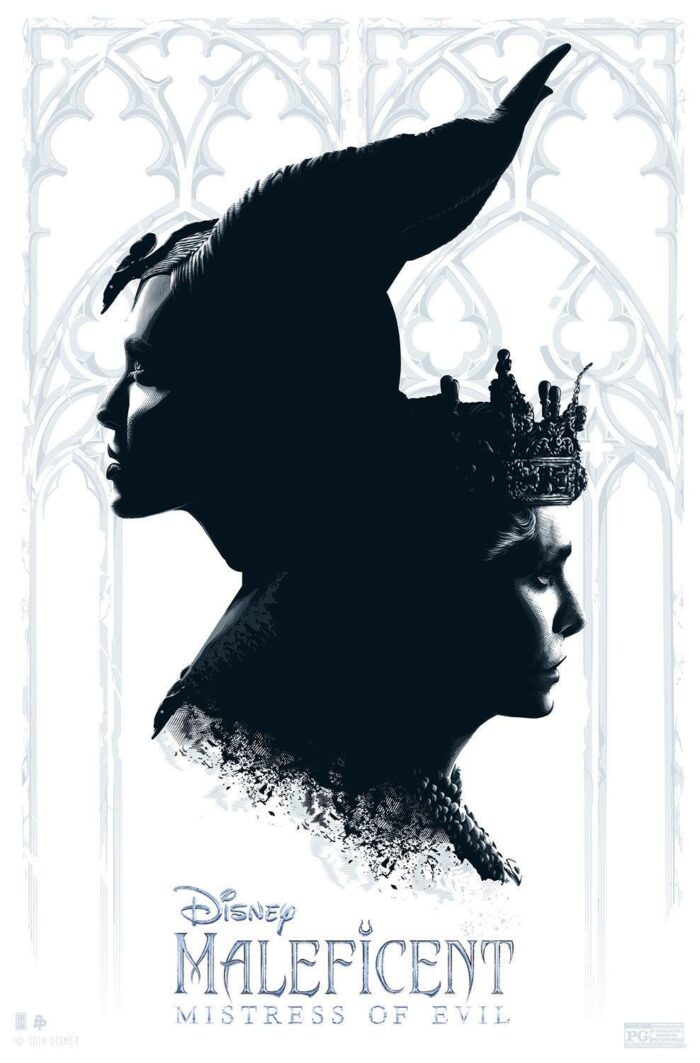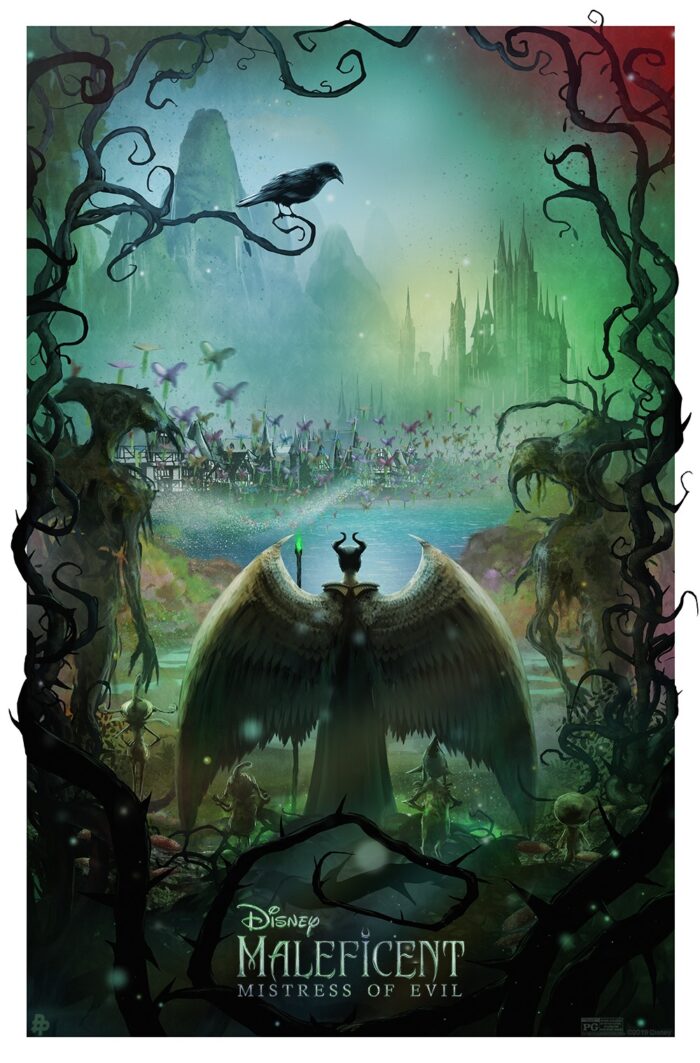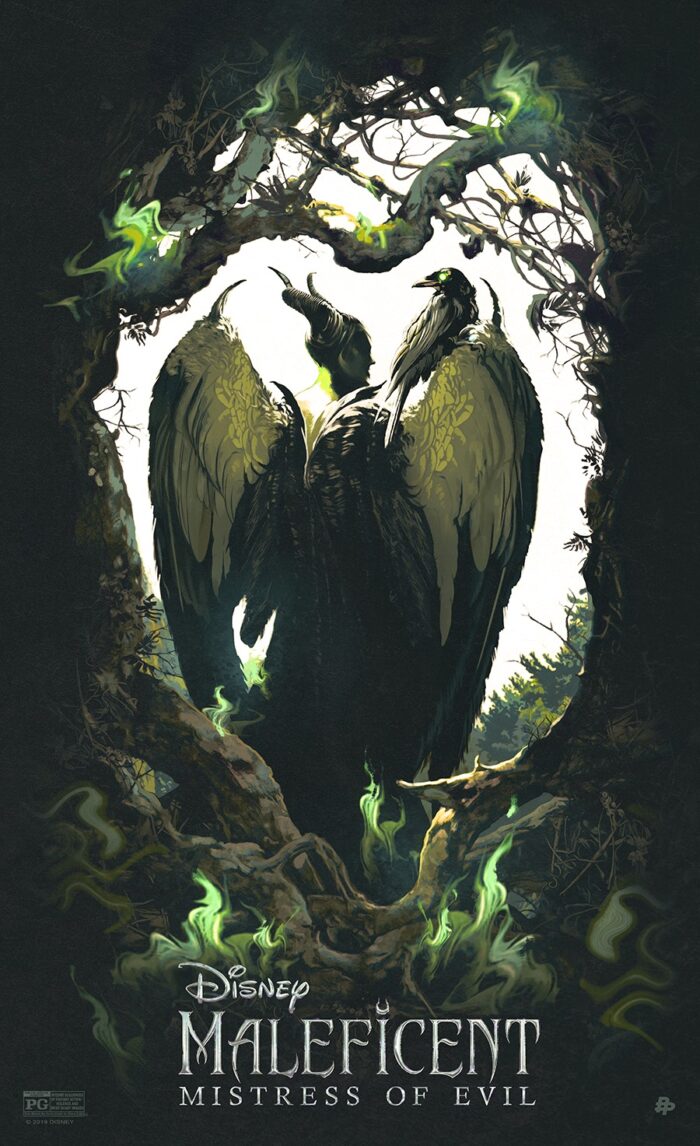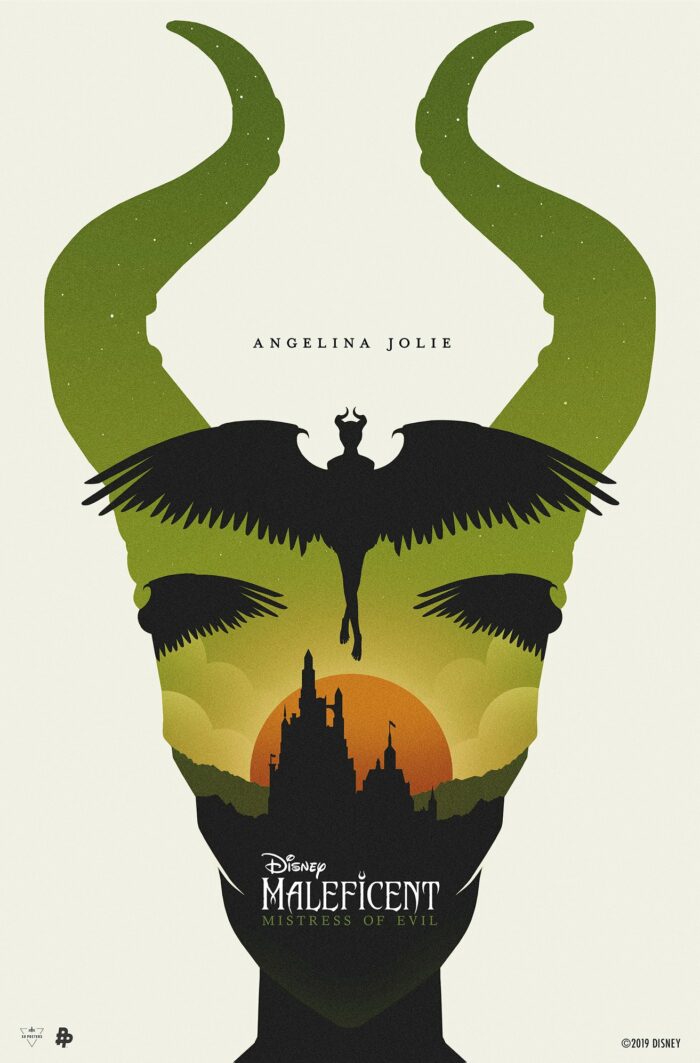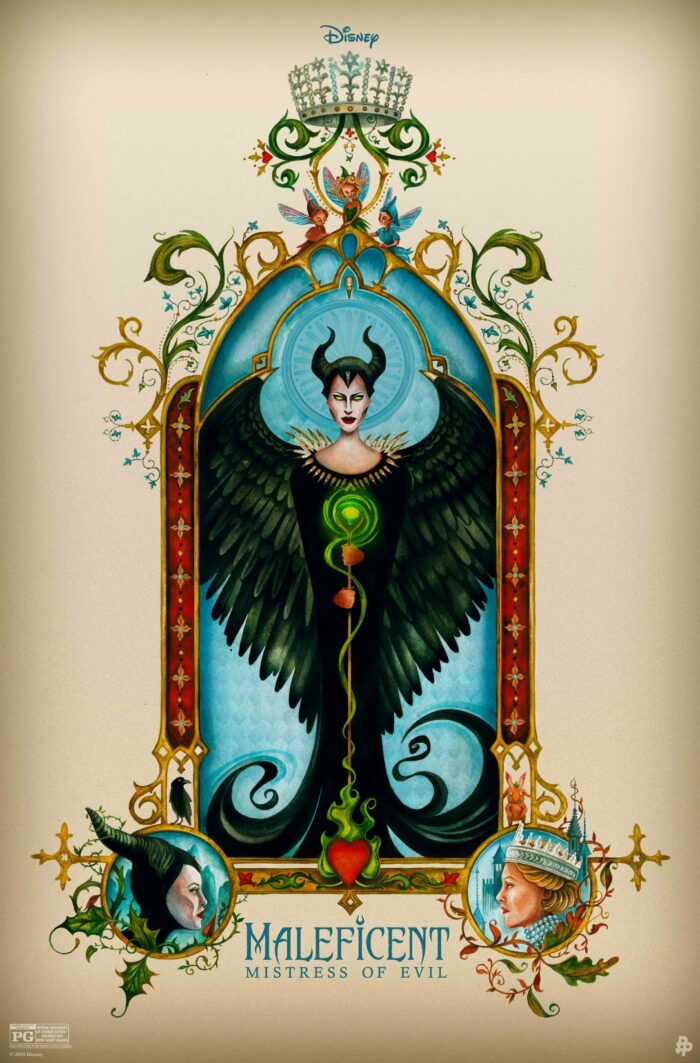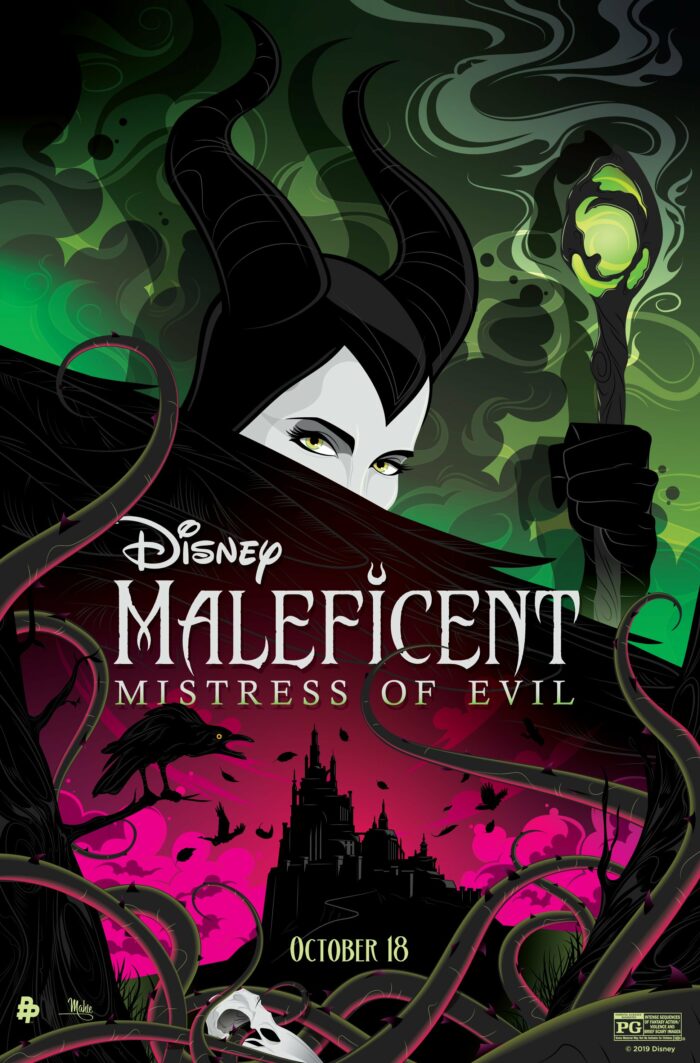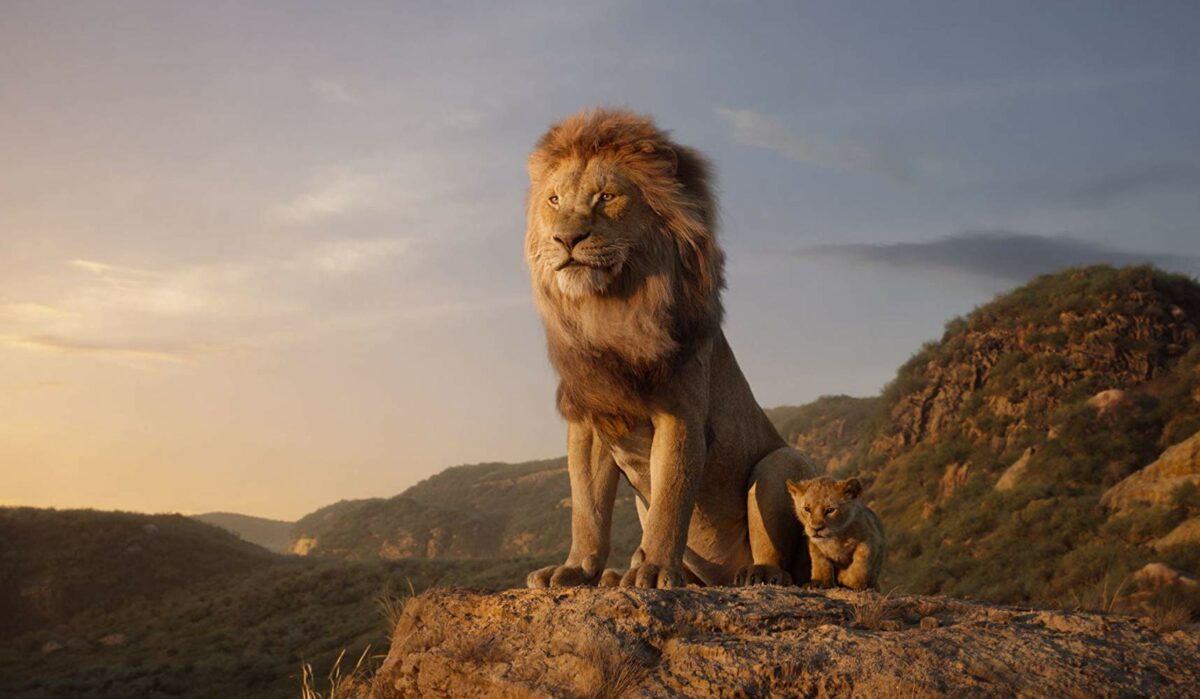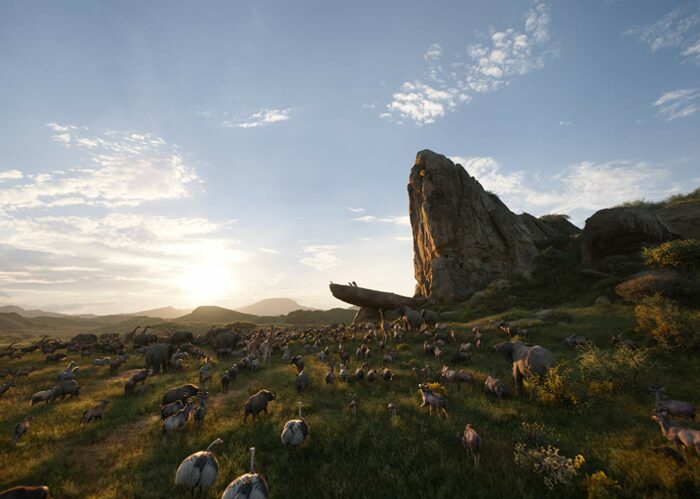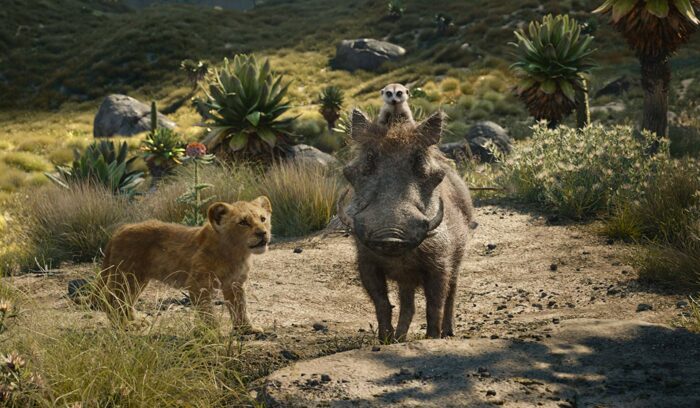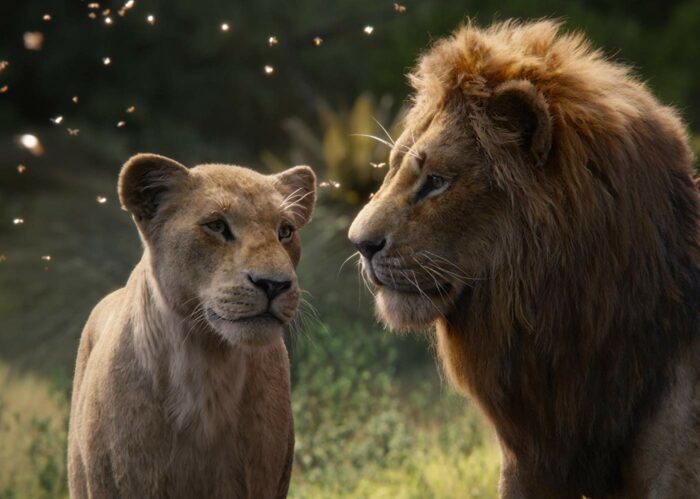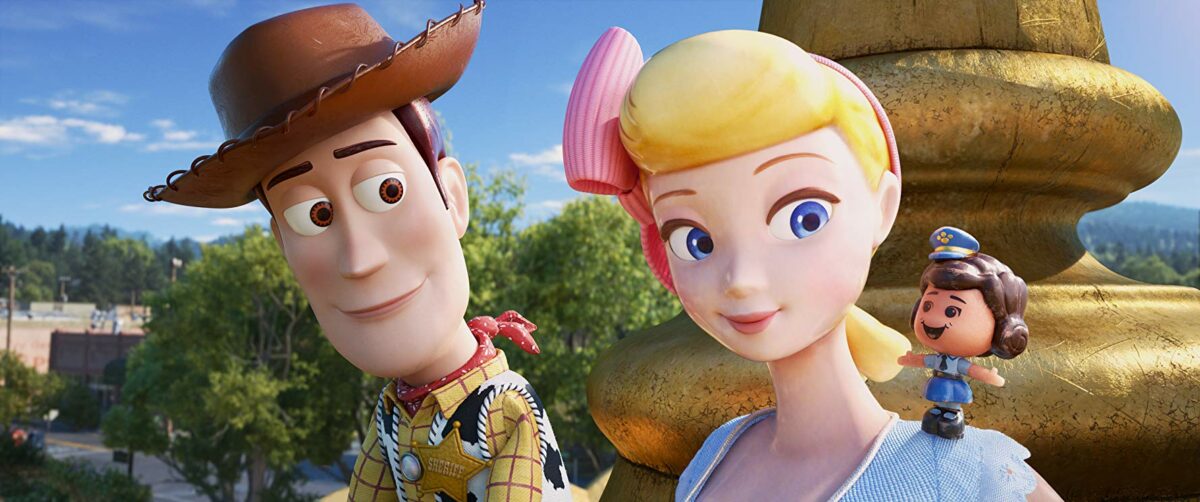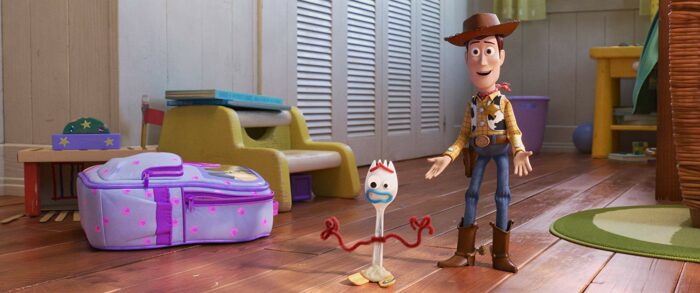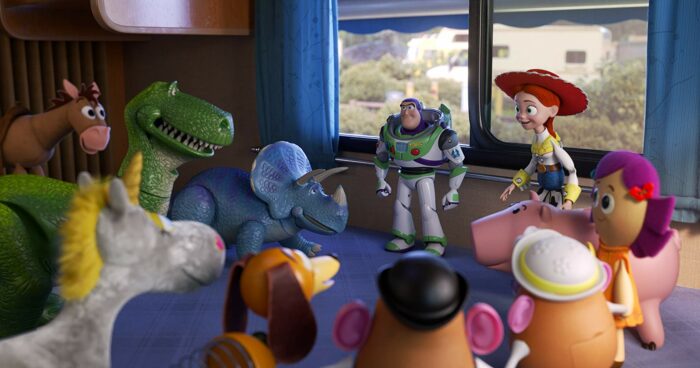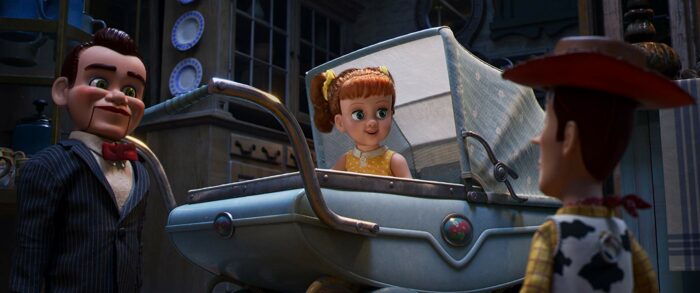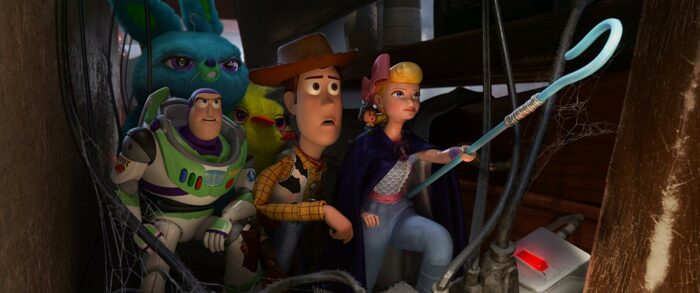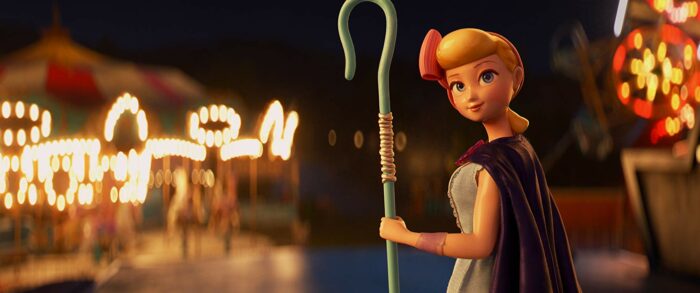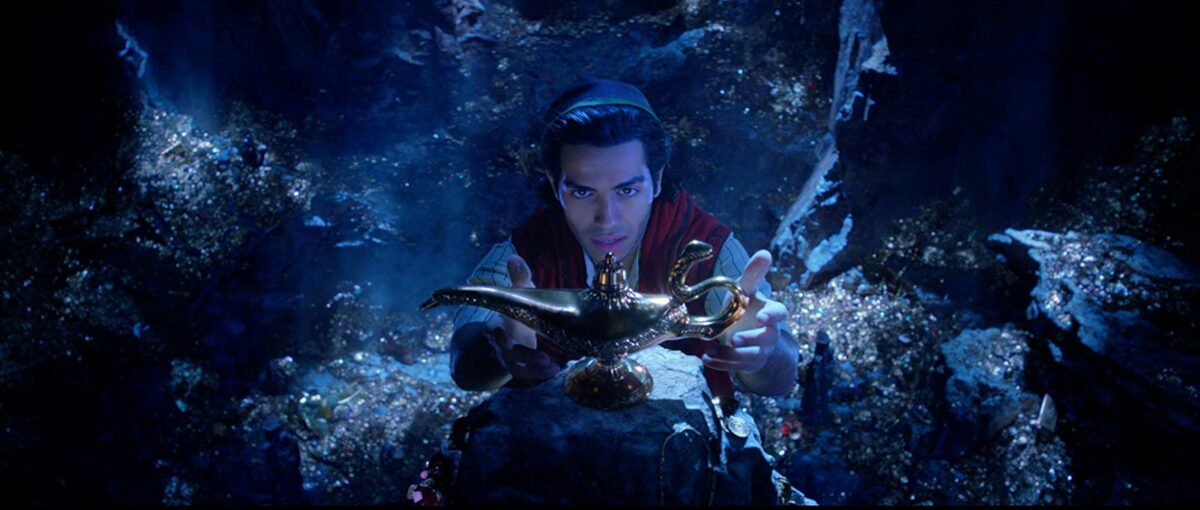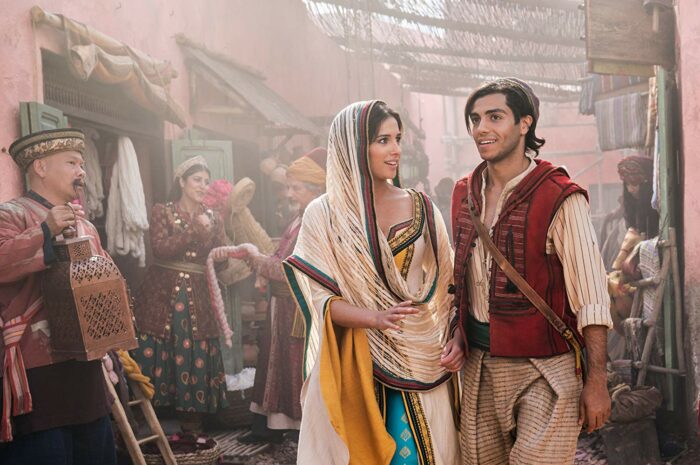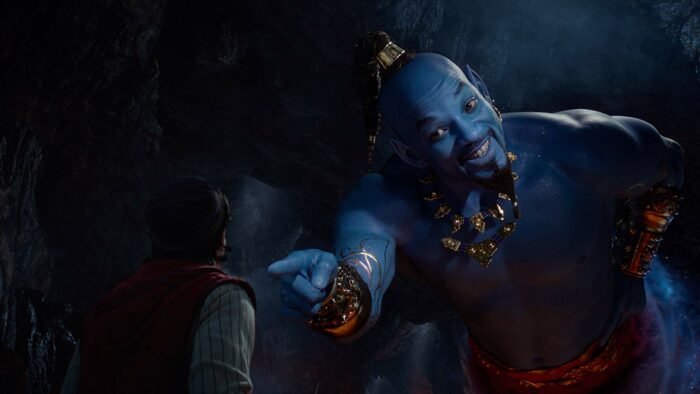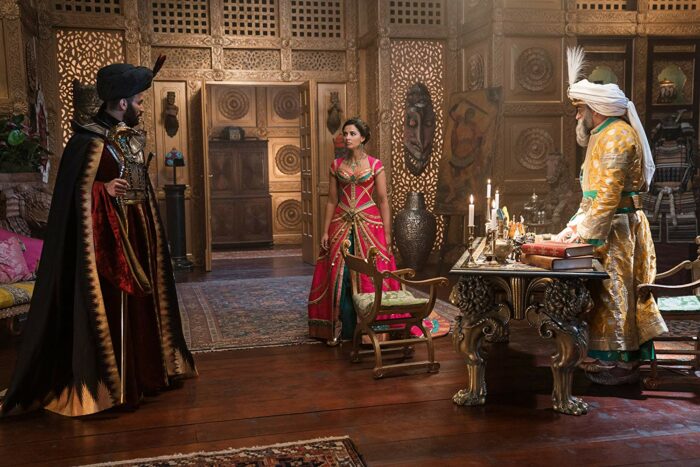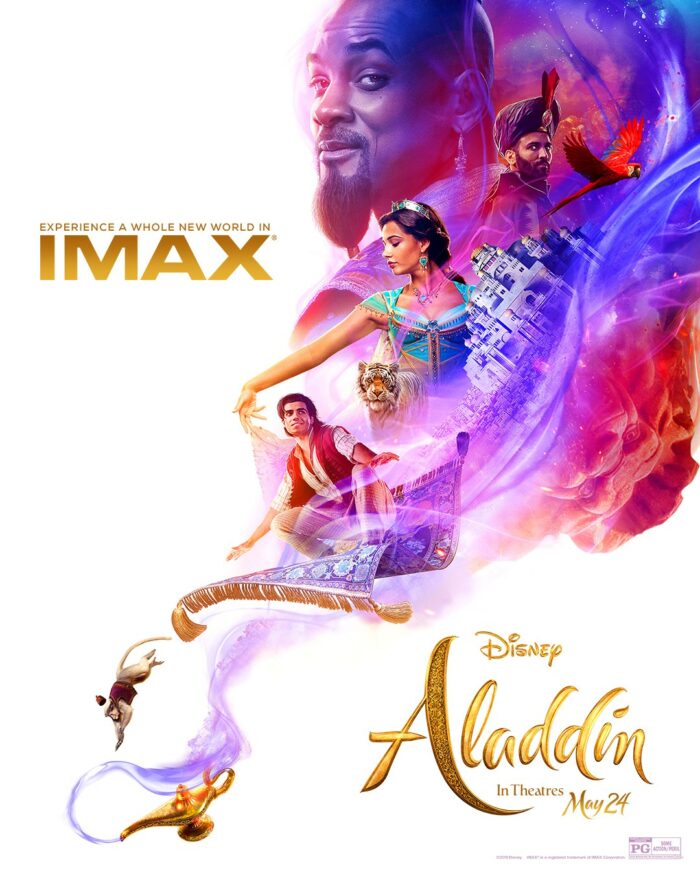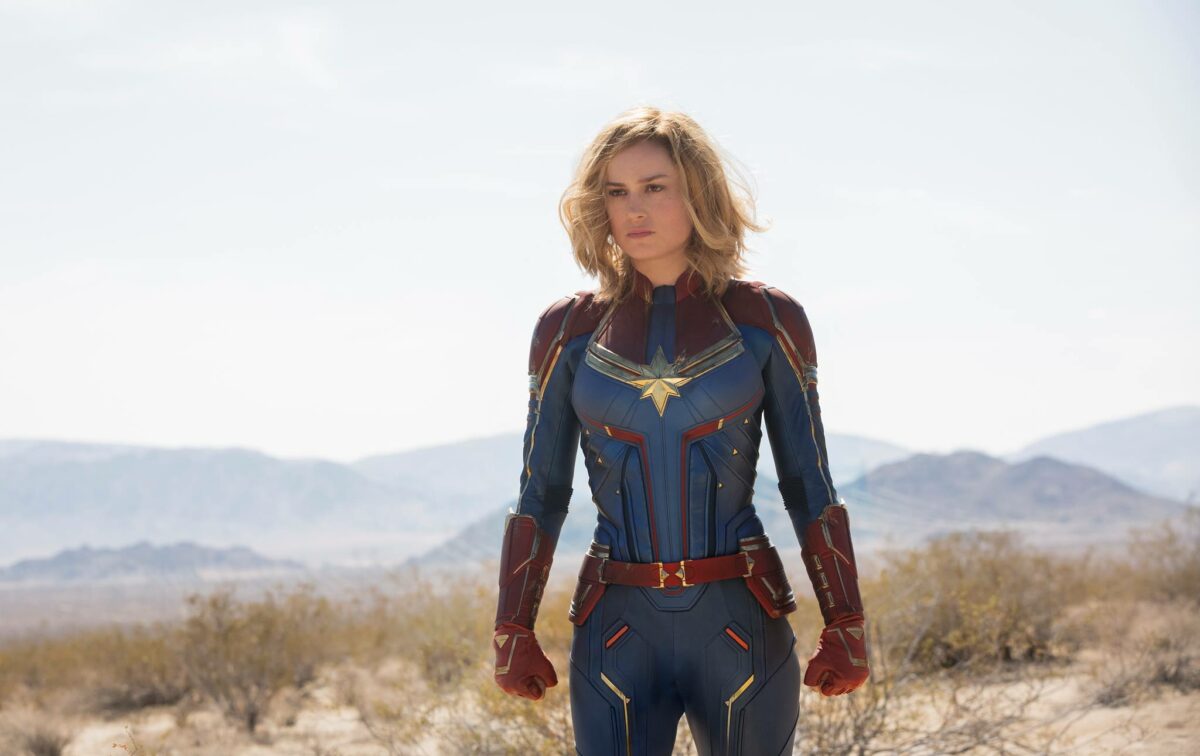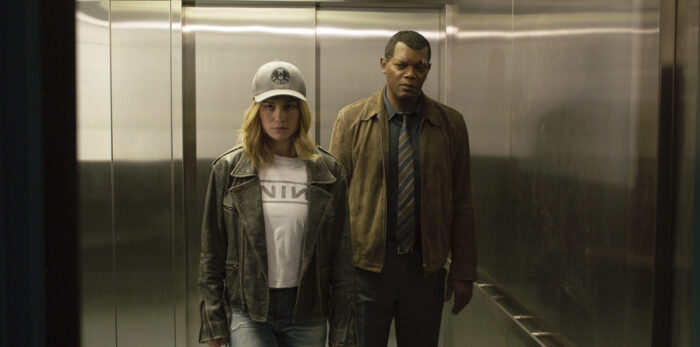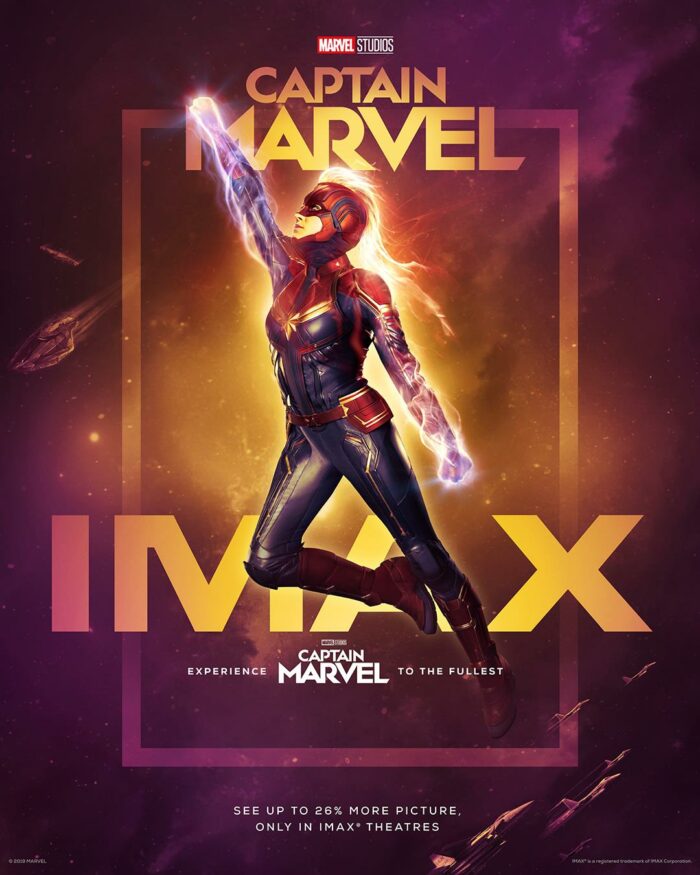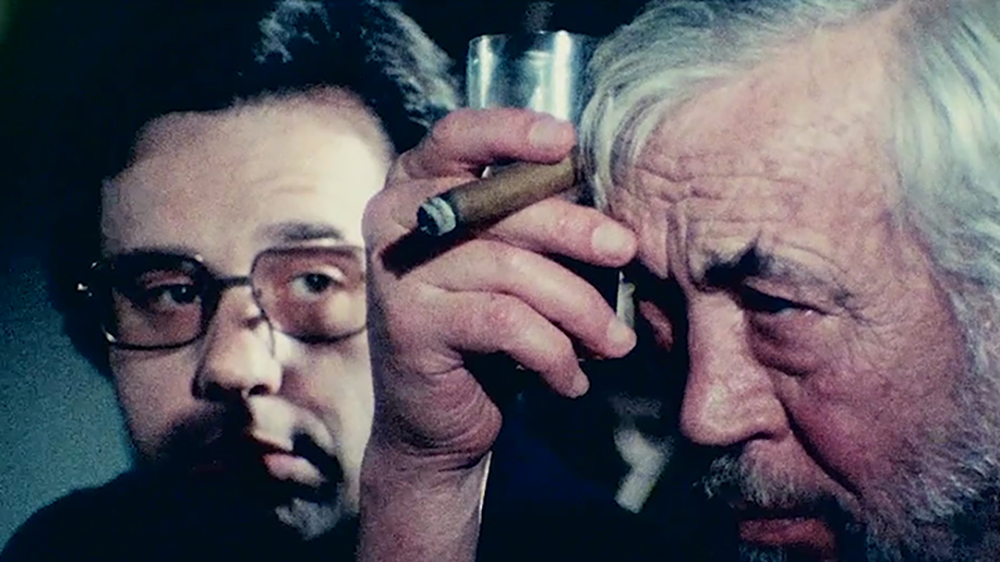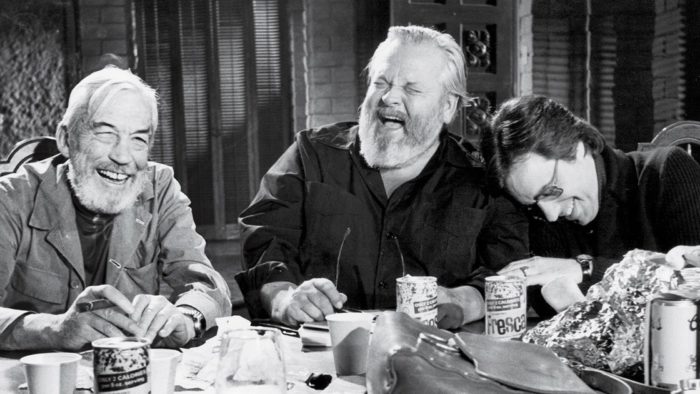Two elf brothers go on a magical quest in their world where magic has been pushed aside in Pixar Animation Studios’ latest wonderment Onward.
Onward is the type of high concept movie that is a hallmark of Pixar. A film that sounds so bizarre and audacious, yet while you’re watching it, you feel completely at home. I call the filmmakers at Pixar “magicians” because that’s what they do so well—they create magical, unique film experiences using beautiful art, impressive technology, and real emotional resonance.
And magic is really what Onward is all about. The magical world where the film takes place is populated with nothing but magical creatures—mermaids, dwarfs, unicorns, dragons, wizards, etc.—but over time, the magic of their lives has given way to technology, suburban sprawl, and “progress.”
Our two protagonists, teenage elf brothers Barley (voiced by Chris Pratt) and Ian (voiced by Tom Holland), are given a gift by their mother (voiced by Julia Louis-Dreyfus) who has been a single parent ever since her husband, and the boys’ father, tragically passed away. (The dad died when Barley was very young and Ian was in utero.)
The gift is a magician’s staff and a magic crystal with a spell which supposedly will bring the father back to life for a day. While Barley is a major player of a “Dungeons & Dragons”-style of role-playing game and big believer in the past magical lore of the world they live in (again, mostly tied in with the D&D game), Ian, who turns 16 at the beginning of the film, is more practical and is just trying to find his place with his peer group and in his life.
Barley and Ian keep trying the spell and they begin to conjure up their dad’s body; however, the magic crystal breaks halfway through and only the lower half of their dad makes it back to the world. So, the boys, along with their deceased father’s legs, set out on a quest to try to find another crystal to finish the spell so they can spend some time with their dad before sunset causes the magic spell to end.
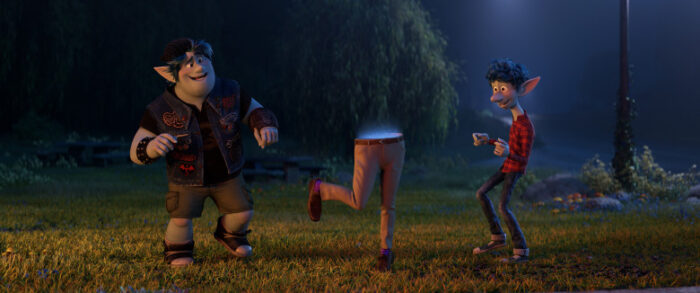
Onward at its core is really a buddy movie where the two brothers go on big adventure as they try to work together towards the common goal of spending time with their father. The film is a personal one for director Dan Scanlon, who lost his father at a young age and decided to pose the question of what it would be like to meet up with a deceased parent, if only briefly. Wrapping this emotional concept up in a buddy/fantasy movie was definitely a magic trick and overall the filmmakers really succeed.
Ultimately, the main part of the Pixar “magic,” and where Onward truly delivers, is in its emotional authenticity. I won’t give anything away, but during the final third of the film when everything starts coming together, the film really delivers a satisfying and meaningful emotional experience which speaks serious truth about family relationships. (You might want to bring a Kleenex or two with you to the theater.)
And just as a side note, a new Pixar short is not included in front of Onward (check out the plethora of great Pixar shorts now playing on Disney+); instead, we get a short starring The Simpsons (yes, those Simpsons) which are now part of the Disney family thanks to The Walt Disney Company’s acquisition of 21st Century Fox. The short is called Playdate with Destiny and it prominently features Maggie Simpson who gets smitten by a baby boy her age that she meets at the park. It felt a bit strange but not necessarily completely out of place to be watching a Simpsons short at a Disney movie. I guess it’s just where and how things are today.
Onward is rated PG by the Motion Picture Association for “action/peril and some mild thematic elements.”
My rating: 4 out of 5 stars
As an added bonus, check out these cool Onward posters.
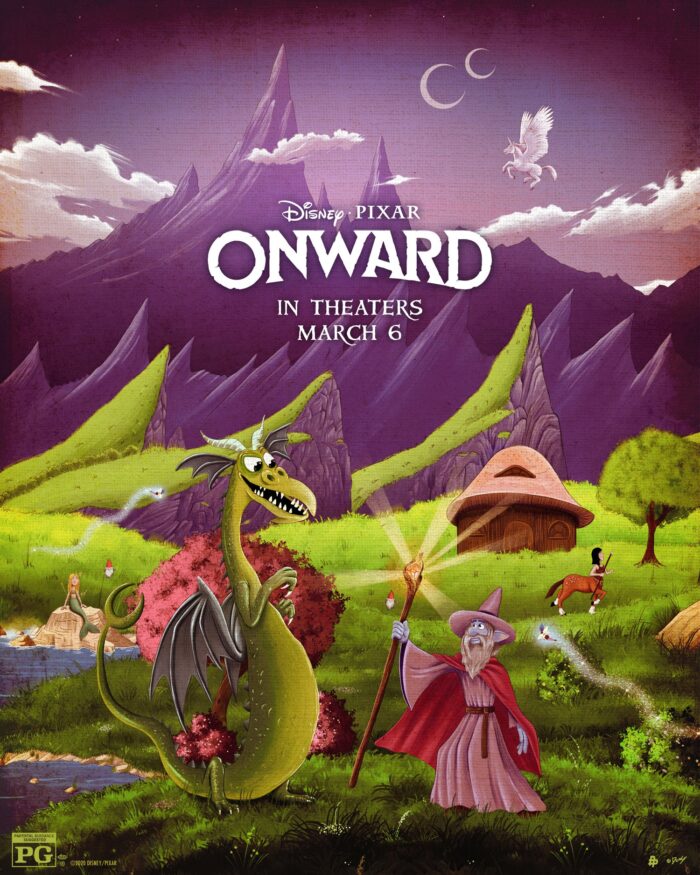
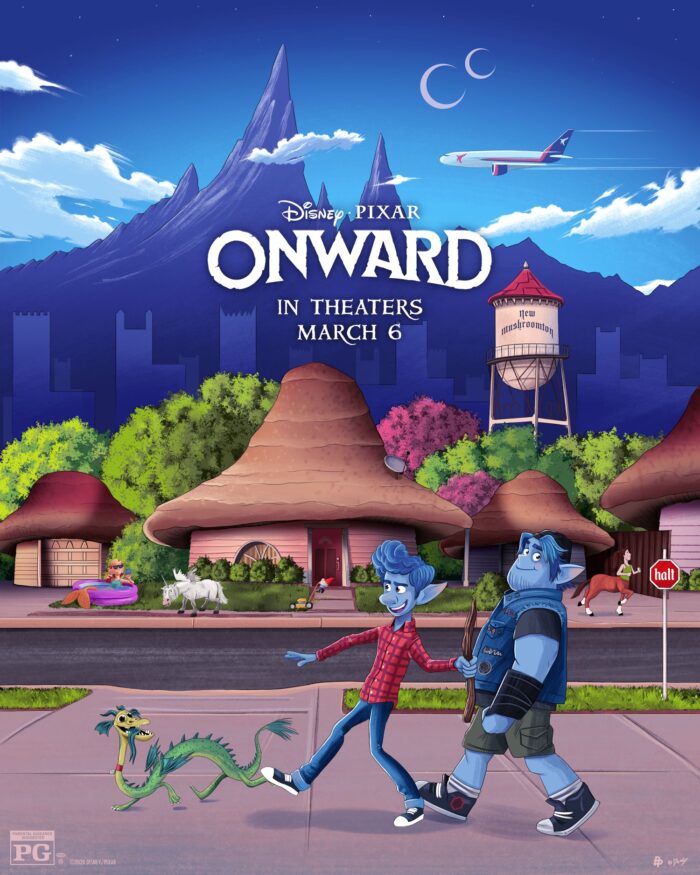
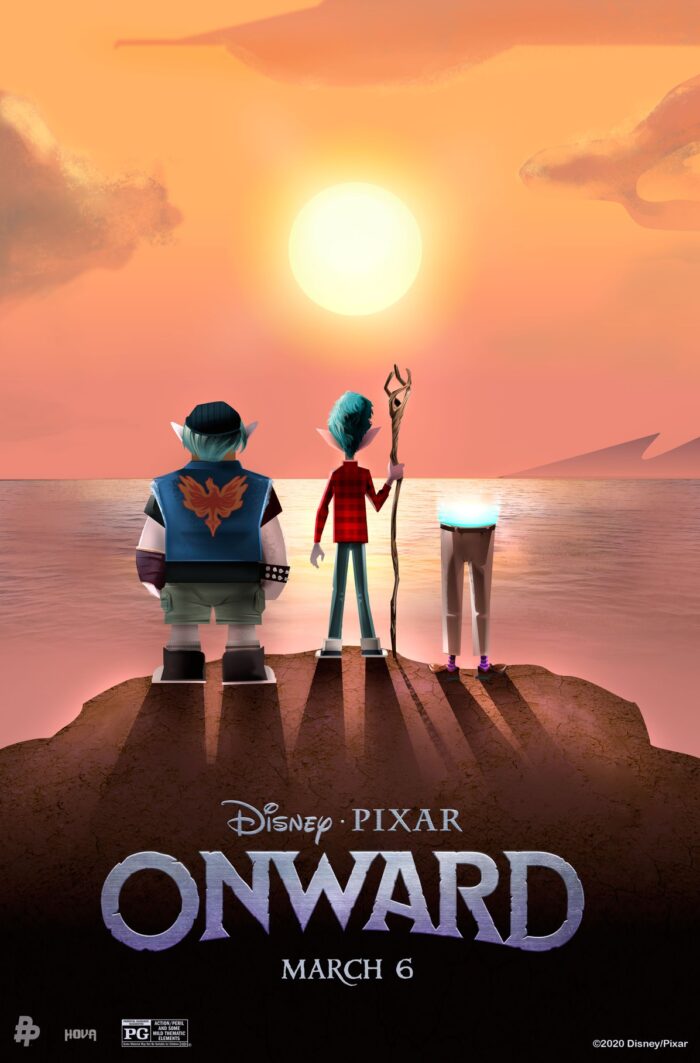
All images ©️ Disney/Pixar

